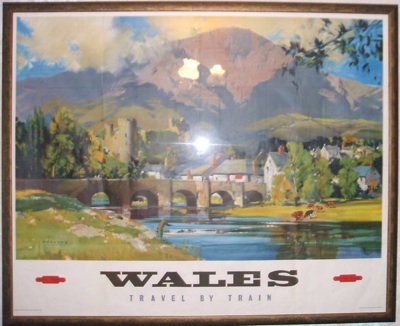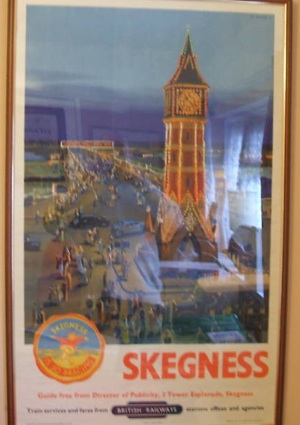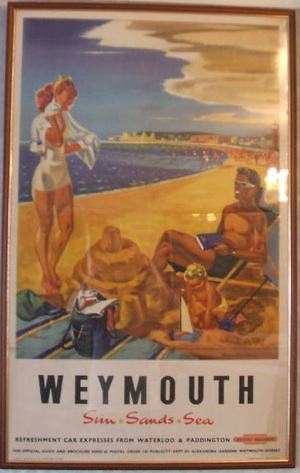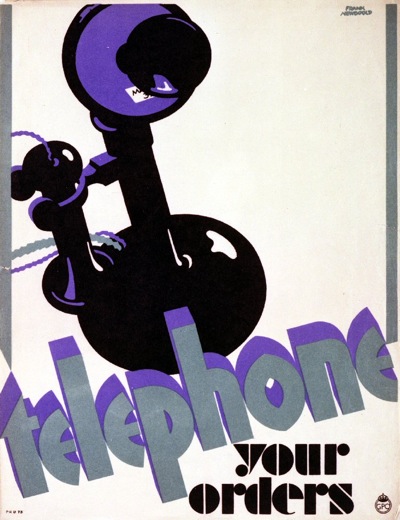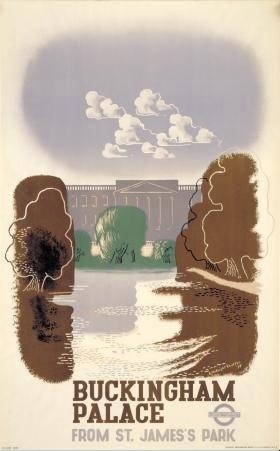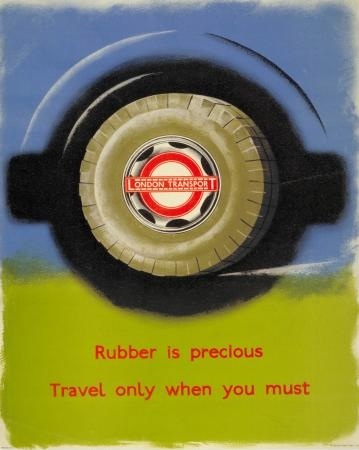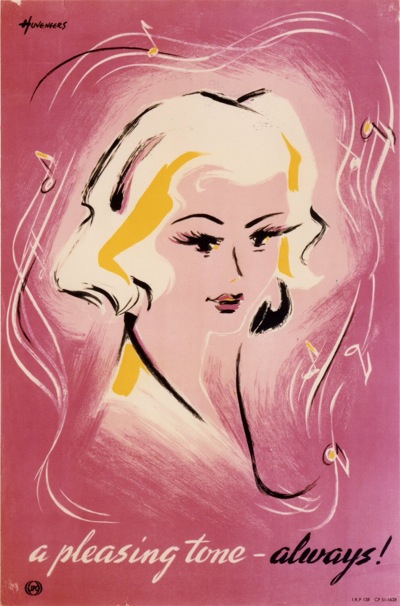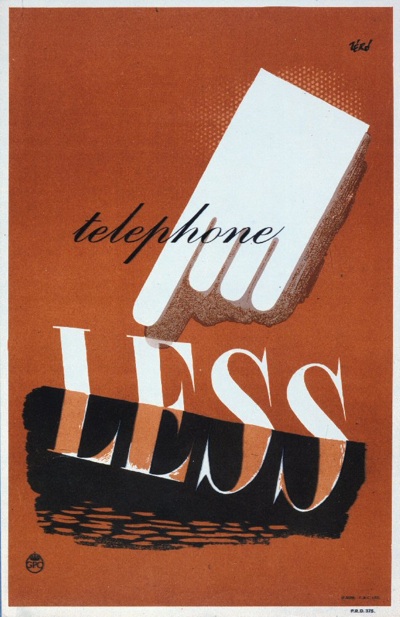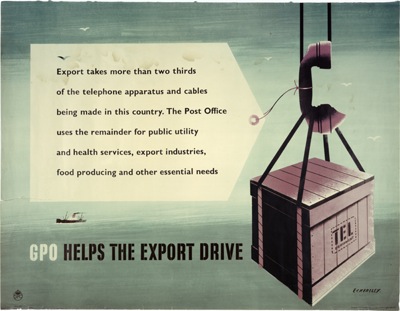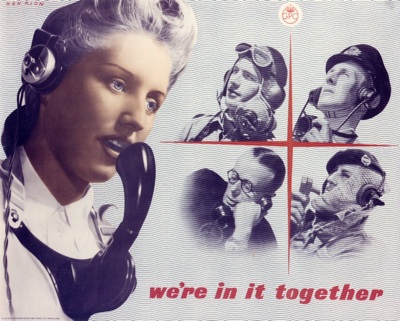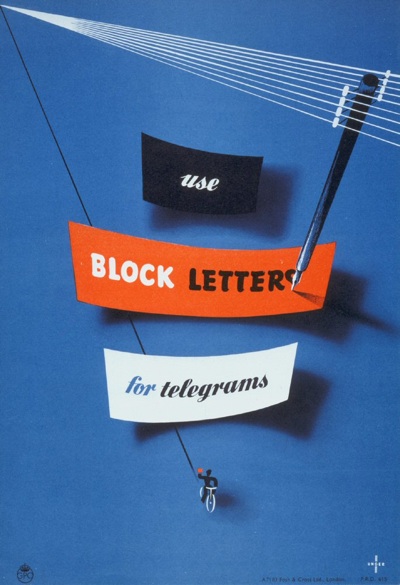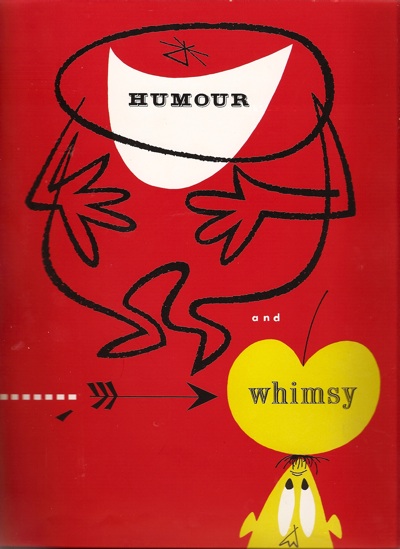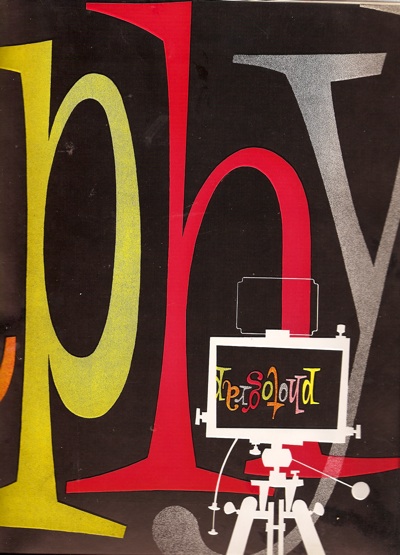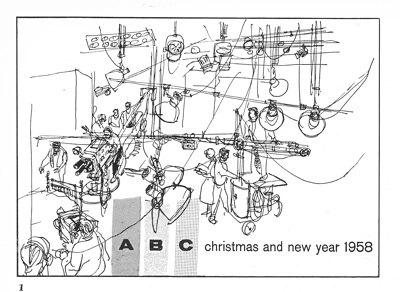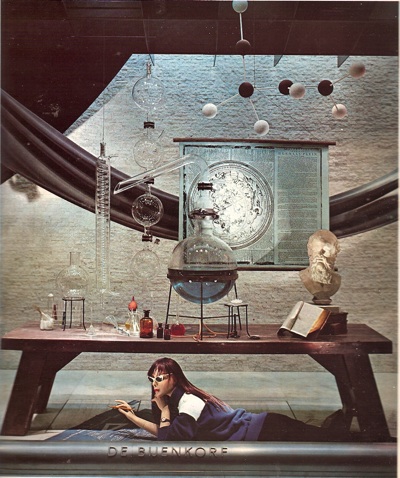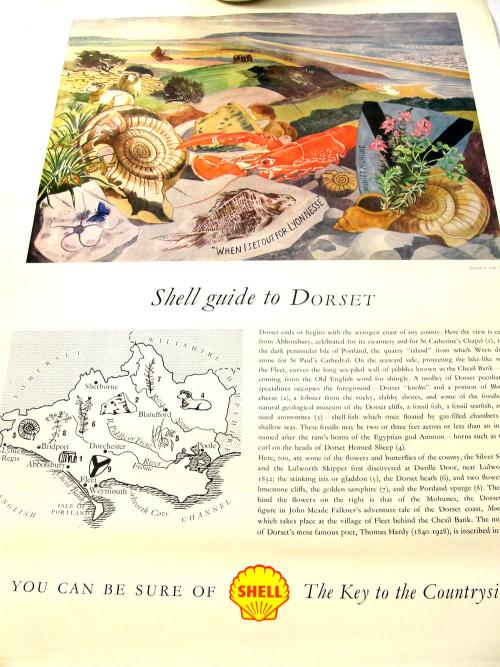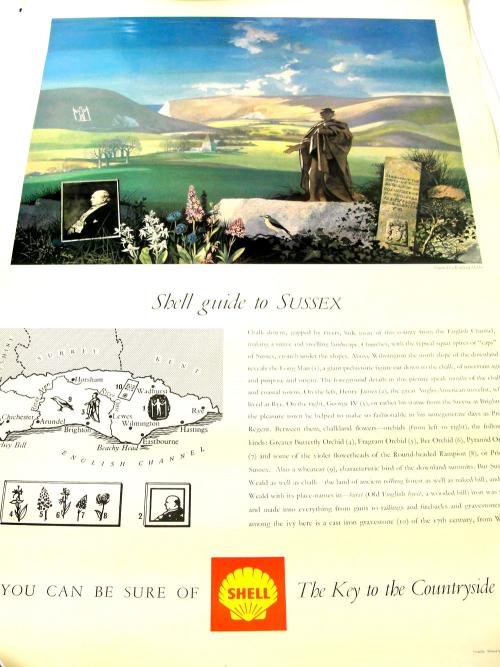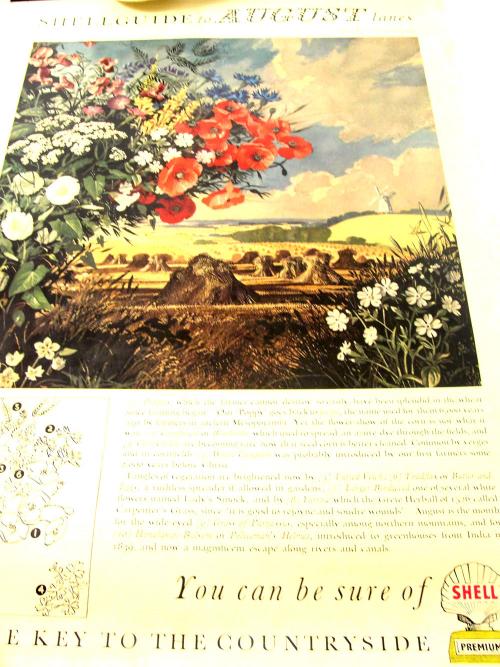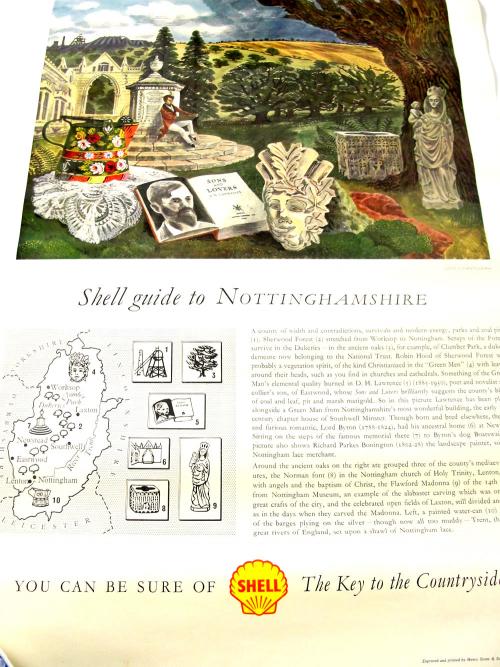The cut-throat world of poster selling
Not so much a post today as an observation of the minefield which is eBay.
This man, Paulsnumbers, is selling some railway posters. My favourite is the Bromfield of Swanage:
although I do also quite like this one too:
But then I am always a sucker for that kind of lettering.
He clearly disagrees with me as he’s only put these two on for a start price of £290, whereas this Skegness poster is starting at £350
And this of Weymouth at a somewhat surprising £380.
I am rather afraid that he is going to be disappointed with all of these. But then it’s hard to feel that he’s done himself any favours with these listings.
For a while now, I’ve been meaning to write some kind of guide on how to sell a poster on eBay; I’m going to have to start it now, as unfortunately Mr Paulsnumbers not merely broken a couple of these rules but then stamped quite thoroughly on their shattered remains.
The first commandment is Thou Shalt Photograph Thy Posters Very Well, so well in fact that you need to feel that your viewers are thoroughly bored and think you are a rather picky and unappealing person. But if I’m going to spend over £200 on eBay (doesn’t happen very often, believe you me), I’d like to think that I’ve seen every potential fold, stain, tear and blemish that a poster has, so that I know what I’m getting myself into. A single blurry and reflective photo of a framed poster doesn’t quite do that for me. (I’ve also done him a few favours with the cropping here; on the original pictures I got to find out more about his wallpaper and curtains than I strictly needed to know).
The second rule is, don’t start your prices too high, as it just puts people off. I don’t quite know why the psychology of this works (any suggestions?), but it definitely does. Perhaps, as I put my £300 bid on, I like to think that there’s a chance that I might get it for a bargain, then get psyched into spending more than I meant. This probably applies to all auctions, but it’s particularly important on eBay, because your start price determines your listing fees too, so you’ll pay over the odds for starting higher than you have to. Mr Crownfolio and I tend to start most of our posters on at £9.99; the prices almost always go up to about what we’d hoped.
Thirdly, it’s not often the case that you’ll get the highest price on eBay. I’ve only been able to track one of these posters down in an auction, and that’s the Skegness one, which sold for £375 at Christies in 2007. I don’t think the price will have gone up since then (see ramblings, passim) either. But then there are always some exceptions, so perhaps he’ll be lucky.
We shall see. In the spirit of information I should also tell you that he’s selling a few film posters (at similar fuzziness and prices) should you be interested. More bizarrely, he’s also selling batteries, razor blades and toothbrush heads. Go figure.
Update – 6/4. Not one of the posters was sold; quite a few of the razor blades and toothbrushes did.

